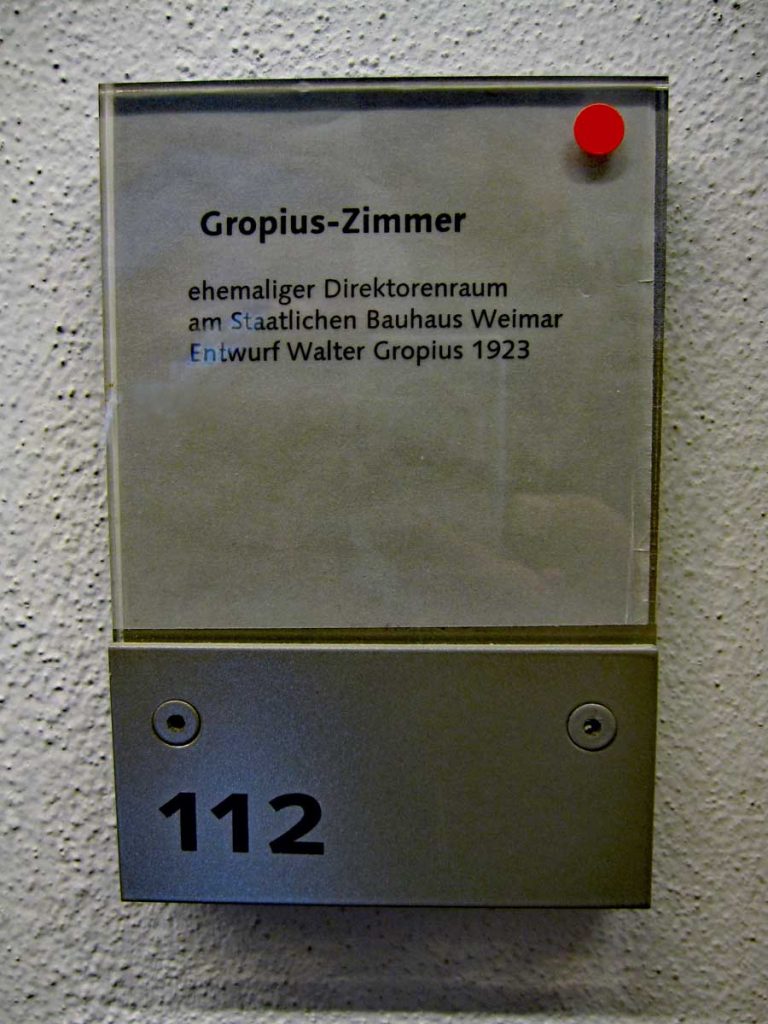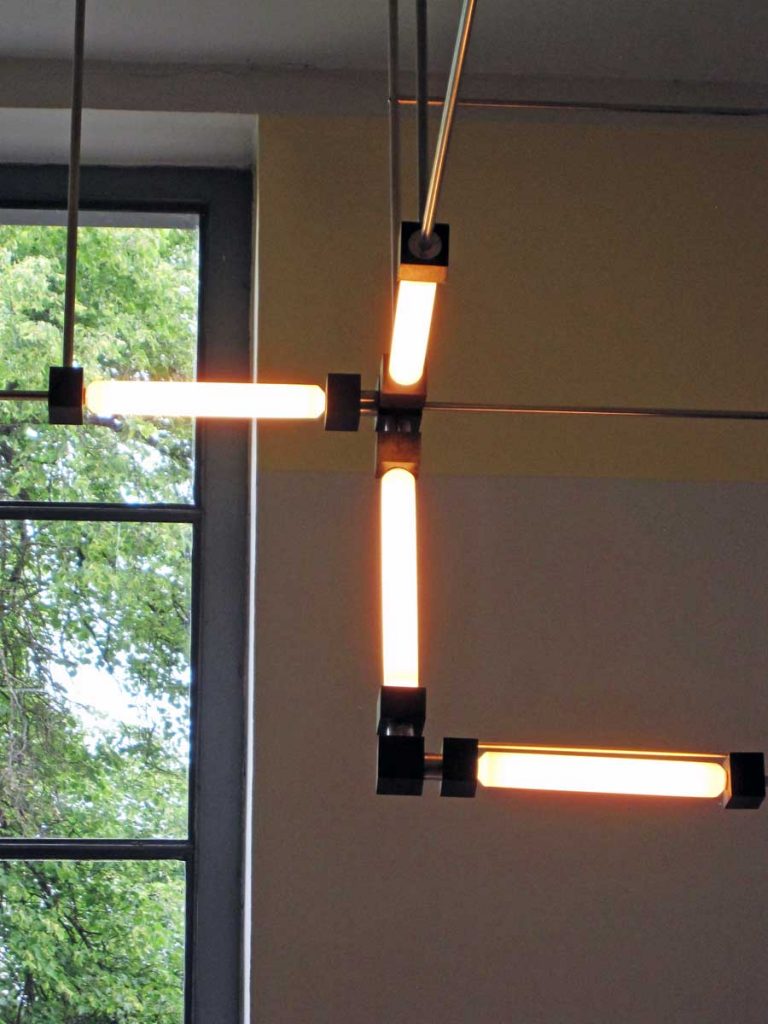
“We want an architecture adapted to our world of machines, radios and fast cars”.
Walter Gropius on the reasons for founding the Bauhaus University.



In Germany after the ending of the first world war the time was ripe for the “German revolution” – this was the time when the Weimar Republic was founded. Weimar was the center of the German Enlightenment, and on April 12 1919 the Bauhaus University (Bauhaus Weimar link) was founded by Walter Gropius. The University was founded by merging two art schools established by the Grand Duke William Ernest of Sachsen Weimar Eisenach; The Weimar Sachsen Grand Ducal Art School and the Weimar Academy of Fine Art.






The underlying thought of the Bauhaus University was the melding of Arts and Architecture with the intent to teach the students to design and build beautiful functional homes. The Grand Duke was a big supporter of various arts so the school was well received and the location in Weimar was perfect at the time it was established. Weimar was home to many German artists, in large part due to the Grand Duke’s and his ruling predecessor’s interest in and support of the arts. Among the artists that at one time called Weimar home was, the two biggest German poets Johann Wolfgang von Goethe (1749 – 1832) and Friedrich Schiller (1759 – 1805).

Weimar was also a center for music; Johann Sebastian Bach (1685 – 1750) was a Court musician and among other things played the organ in the church at the City Castle. Franz Liszt (1811 – 1886) made his home in Weimar while employed by the Court as Kapellmeister Extraordinaire 1842 – 1861.


Of note is that Weimar is home to the biggest Shakespeare society outside of England and the Bard is honored with a statue in the “Park and der Ilm” (Ilm is the river that runs through the city and the park).

In the park is a house that Goethe lived in, you can go into an exact replica of that house, it was built to prevent the original house, which is hidden by hedges and other greenery just nearby, from being damaged by the large number of visitors that come every year.

The visual arts was also represented by some of Germany’s most treasured painters. The German Expressionism movement that had started before WWI along with Dadaism was still a big influence on the painters, but now another movement, the New Objectivity started influencing the art. This new movement was different in the sense that there was no formal group of artists that everyone belonged to, instead they were joined by the the common threads of their art such as the horrors of war, poverty, social hypocrisy and the rise of Nazism. Two of the more well known names of the movement was Otto Dix and Max Beckmann.
Paul Klee was another painter in Weimar at the time. He was a faculty member of the Bauhaus University and his lectures on modern art are considered as having had great influence on the arts in this new era of art in Germany.

The Bauhaus University in Weimar lasted only from 1919 until 1925 when the school moved to Dessau 1925 – 1932 (Bauhaus Dessau link), and finally to Berlin 1932 – 1933. The school was closed under pressure from the Nazi regime in 1933. The change of venue and in leadership also meant a constant change in focus and to some extent maybe even a renewal of the underlying philosophies of the school and the Bauhaus movement.





The leaders of the Bauhaus University were Walter Gropius 1919 – 1928, Hannes Meier 1928 – 1930 and Ludwig Mies Van der Rohe 1930 – 1933. The Bauhaus ideologies and ideas spread with the teachers and students as they dispersed all around the world after the closure of the Bauhaus University. The closure was very much due to the Nazis coming into power and they deemed the ideals and ideas of the Bauhaus as being degenerative and accused the school of being a forum for foreign and Jewish influences on the German society.
“The Meisterhauses” (The Masters’ houses) in Dessau were houses commissioned by the city of Dessau from Walter Gropius in 1923. They were built in 1925 at the same time as the Bauhaus University was being built. The homes all had studios in them so this was an early live/work idea that Walter Gropius had. hen also had the idea of using prefabricated panels in the construction of the home. This was however never fully realized and the homes were built using mainly proven construction methods. Gropius lived in one home and László Moholy-Nagy and Lyonel Feininger shared a duplex. Paul Klee and Wassily Kandinsky, Georg Muche and Oskar Schlemmer with their families also lived here later. Some of the homes were destroyed during WWII and others were changed in so many ways that they were far removed from what they originally looked like. Today the homes have been restored and rebuilt according to the original plans. Read more about the “Meisterhauses” here!


